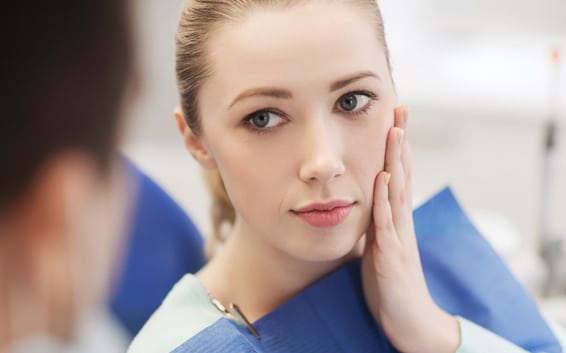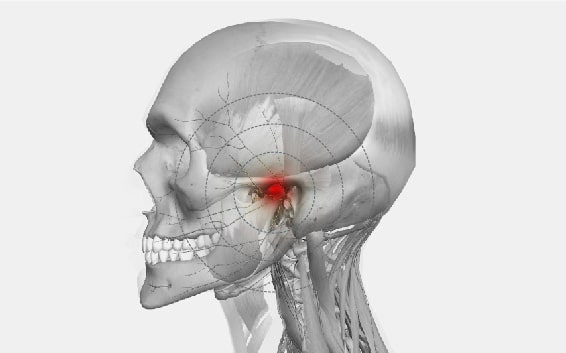Definition: Temporomandibular Dysfunction (TMD) corresponds to a terminology that encompasses a set of pathologies related to the mandible joints, called temporomandibular joints (TMJs) and facial, cranial and cervical musculature, which may therefore present changes both at the joint level and at the muscular level.
Signals and symptons: Several are the signs and symptoms found in patients with TMD, and they are not necessarily all found in the same patient, we can highlight: limitation and / or deviation in mouth opening, ATM noises, tension headache, difficulty in swallowing, feeling tired in the facial muscles, neck pain (neck pain), toothache, TMJ, face, etc. Otorhinolaryngology and TMD In most cases of temporomandibular dysfunction, there are signs and symptoms that affect the auditory level without apparent cause, such as: otalgias (ear pain), low auditory acuity (decreased hearing), tinnitus, dizziness and sensation of atrial fullness (full ear sensation).
Ophthalmology and TMD Temporomandibular dysfunction may also present ophthalmological signs and symptoms, such as: eye pain, photophobia (discomfort with lightness), blurred vision, blurred vision, watery eyes, edema (swelling) on the eyelid, burning sensation, etc. Both otorhinolaryngological and ophthalmologic changes usually disappear after the treatment of temporomandibular dysfunction, which in these cases is the real cause.
Treatments: The treatment and diagnosis of TMDs are carried out by a multidisciplinary action involving several professionals, such as: Dental Surgeon (who can be a Buco-Maxillo-Facial surgeon, orthodontist, prosthodontist, etc.), physiotherapist, otolaryngologist, rheumatologist, neurologist , speech therapist, radiologist and psychologist. Regarding the treatment of TMDs, there are several possibilities, which can be isolated or combined depending on each case, such as: morax, low-power laser, tension, fes, ultrasound, muscle strengthening and re-education techniques, medications anti-inflammatory, analgesic, botulinum toxin, anesthetic infiltration, hyaluronic acid or corticoid, etc.), biofeedback, psychotherapy, acupuncture, etc.


